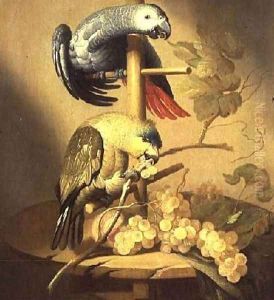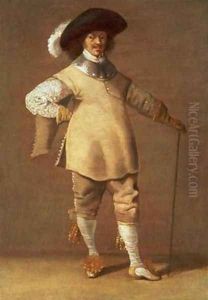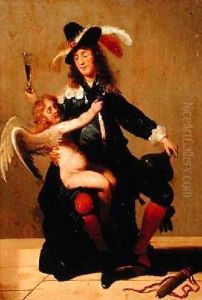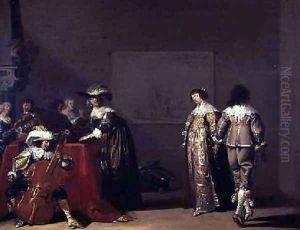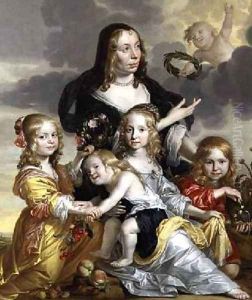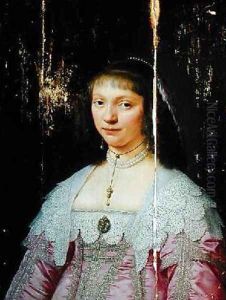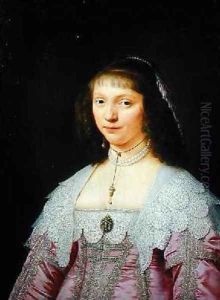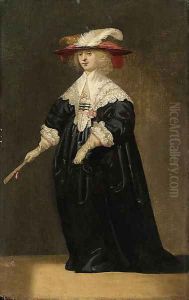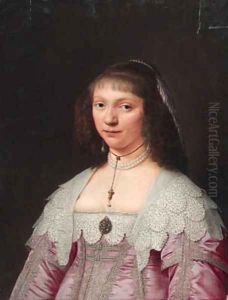Jacob Fransz van der Merck Paintings
Jacob Fransz van der Merck was a Dutch Golden Age painter and engraver known for his portraits, genre scenes, and landscapes. Born in 1610 in Dordrecht, Netherlands, van der Merck initially began his art career under the influence of the vibrant Dutch art scene of the 17th century. His early works exhibit a keen attention to detail and a profound understanding of light and shadow, which were hallmark traits of Dutch painting of the period.
Van der Merck's artistic journey was notably diverse, with his oeuvre including not only paintings but also etchings and engravings. His ability to transition between mediums showcased his versatility and deep understanding of art. Despite the breadth of his work, van der Merck specialized in portraits and genre scenes, capturing the essence of Dutch life with a remarkable realism that was both intimate and expressive.
Throughout his career, van der Merck was influenced by the works of contemporaries such as Rembrandt and Vermeer, adopting their use of light and composition to enhance the emotional depth and realism of his own paintings. However, he managed to carve out a unique niche for himself, blending traditional Dutch themes with his own stylistic nuances.
Van der Merck's contributions to the Dutch Golden Age of painting were significant, yet he remains less known than some of his contemporaries. His works are cherished for their historical value and artistic merit, offering insights into the culture and society of 17th-century Netherlands. Jacob Fransz van der Merck passed away in 1664, leaving behind a legacy that continues to be appreciated by art historians and enthusiasts alike for its contribution to the rich tapestry of Dutch art.
